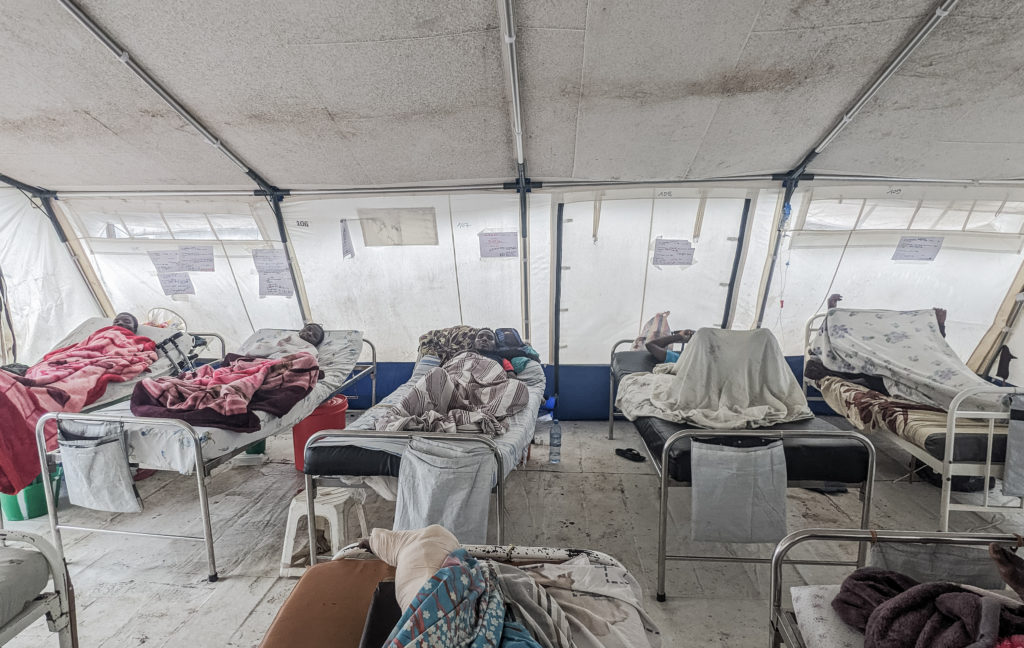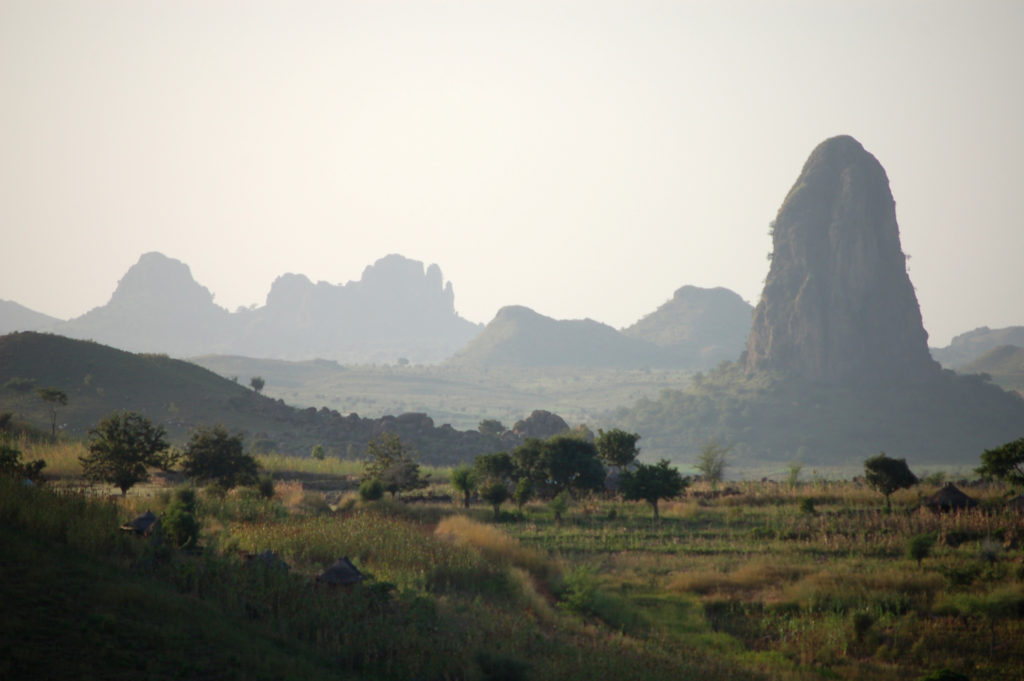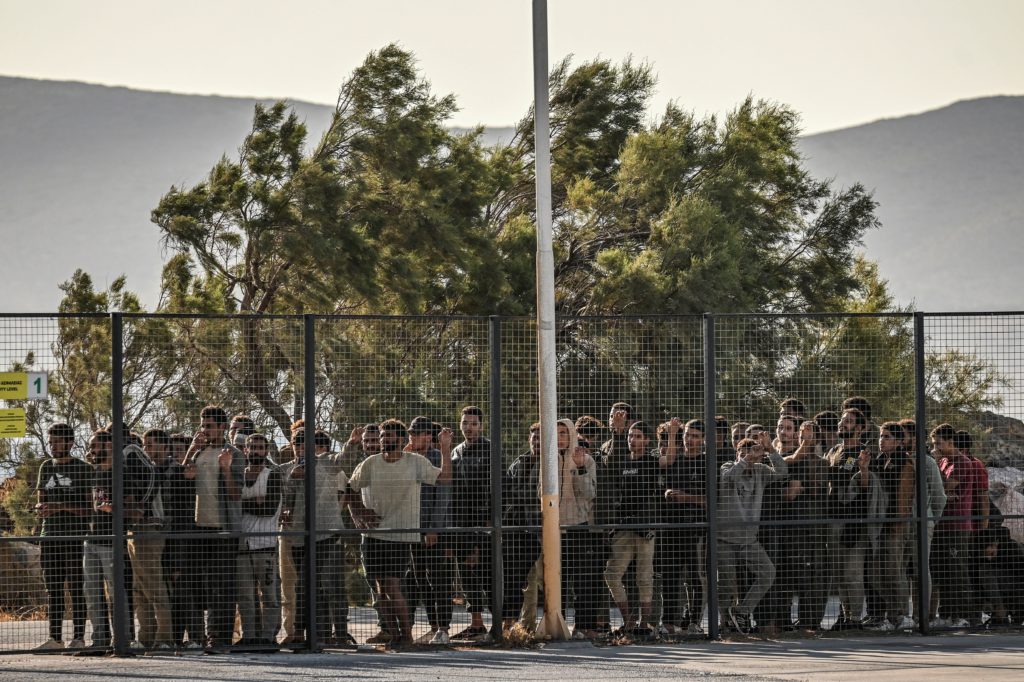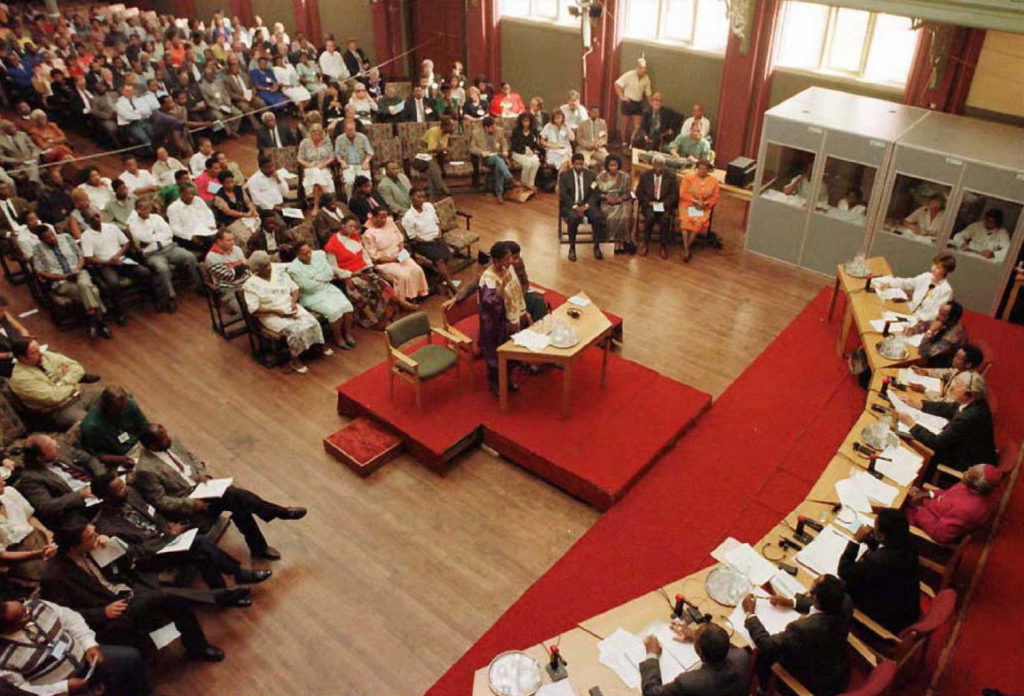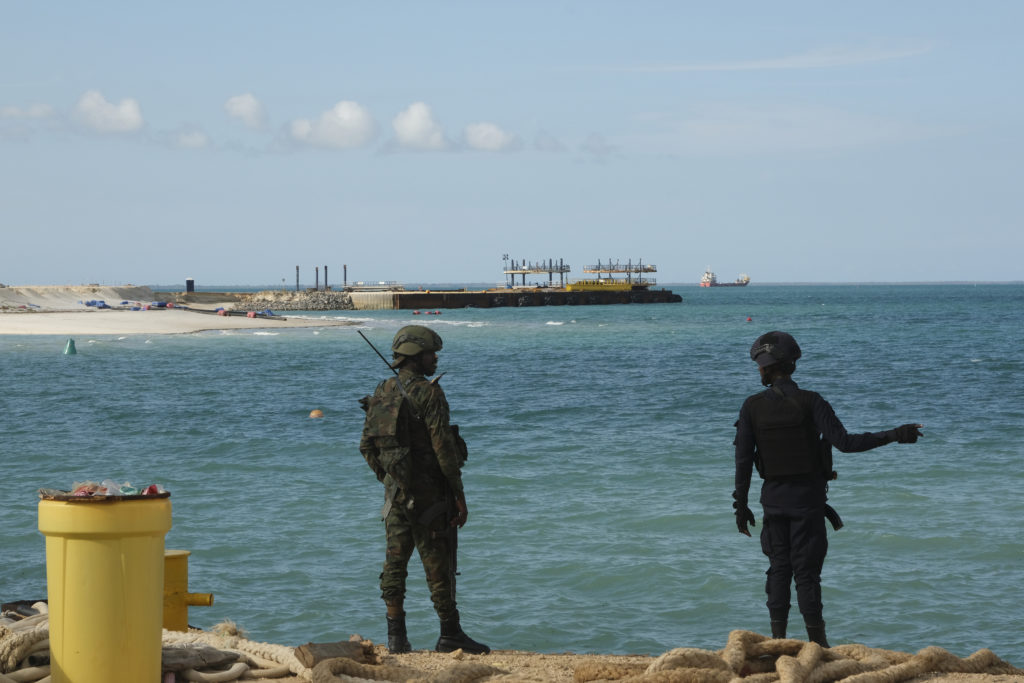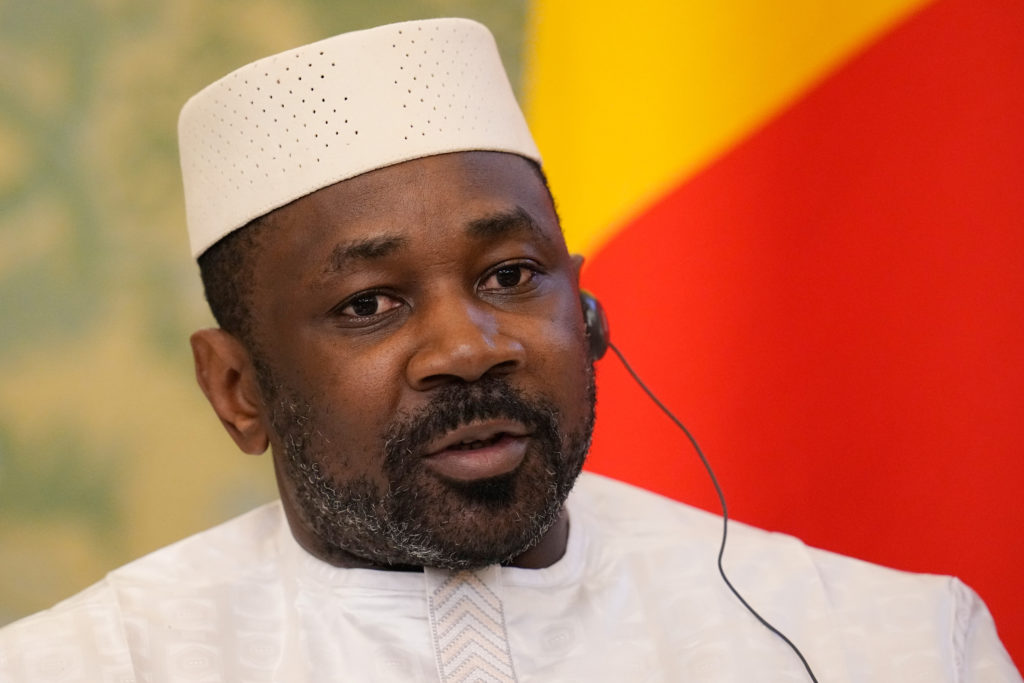Reponse Izabayo managed to reach hospital after being shot as he tried to escape fighting that has flared in eastern Democratic Republic of Congo.In less than three weeks, more than 200 war wounded have arrived at the hospital in the city of Goma — increasingly, they are civilians.”I was fleeing, I was hit by bullets,” Izabayo, who is in his 20s, told AFP sat on his hospital bed.The region, which is rich in minerals including those used to make mobile phones and electronic devices, has been overrun by various conflicts for 30 years.But over the last few weeks, clashes between the Congolese army and M23 movement, an armed group backed by Rwanda, have escalated.The M23 has gained territory and fighting is taking place on several fronts around Goma, the main city in North Kivu province.Hundreds of thousands of people are displaced around the outskirts of the city, which was briefly captured by the M23 in 2012.The fighting is now just 20 kilometres (12 miles) away in the Sake hills, raising fears again about the city’s fate.Goma hospital, supported by the International Committee of the Red Cross (ICRC), is never empty but has seen an influx since the beginning of the month.Some 211 patients have been brought in, most of them with wounds resulting from gunshots or the explosion of shells.”Currently the number of beds isn’t enough,” Myriam Favier, head of the ICRC in North Kivu province, told AFP.”We are overcrowded everywhere,” she said, adding that civilians and children were increasingly among the wounded.- ‘A bomb exploded’ -Inside the hospital, a woman in a traditional dress holds a child in her arms.The little boy wearing a T-shirt with dinosaurs on it has a bandage around his head after shards of glass hit him during a shell explosion.”We were locked in the house with the whole family, we were afraid of gunshots.
A bomb exploded behind the house,” Antoinette Mugisha said.Six of the 12 people holed up in the house during the fighting in Ngungu, a town about 70 km west of Goma, were wounded.In a hospital corridor, a nurse in a white uniform props up a young man limping on one leg.One of his thighs is covered with a bloodied bandage where a bullet has passed through it.Operating theatres in the hospital have been working at almost full capacity since the start of the month, with the ICRC taking charge of surgery on the war wounded.Most of the operations are on gunshot wounds.In the ward, patients lie motionless, their eyes closed, on beds lined up alongside each other.Some are on oxygen; most are hooked up to an intravenous drip.
The only noise is the beep of the machines and the hum of the fan.Above the beds instructions such as, “check blood sugar three times a day” or “urgent chest drain”, are written on whiteboards.Most people wounded by the fighting are carried on stretchers by relatives or members of the community for four or five hours.But a lack of roads or emergency infrastructure means that many never reach a hospital.strs-cld/keo/kjm
Tue, 21 Jan 2025 11:35:52 GMT

